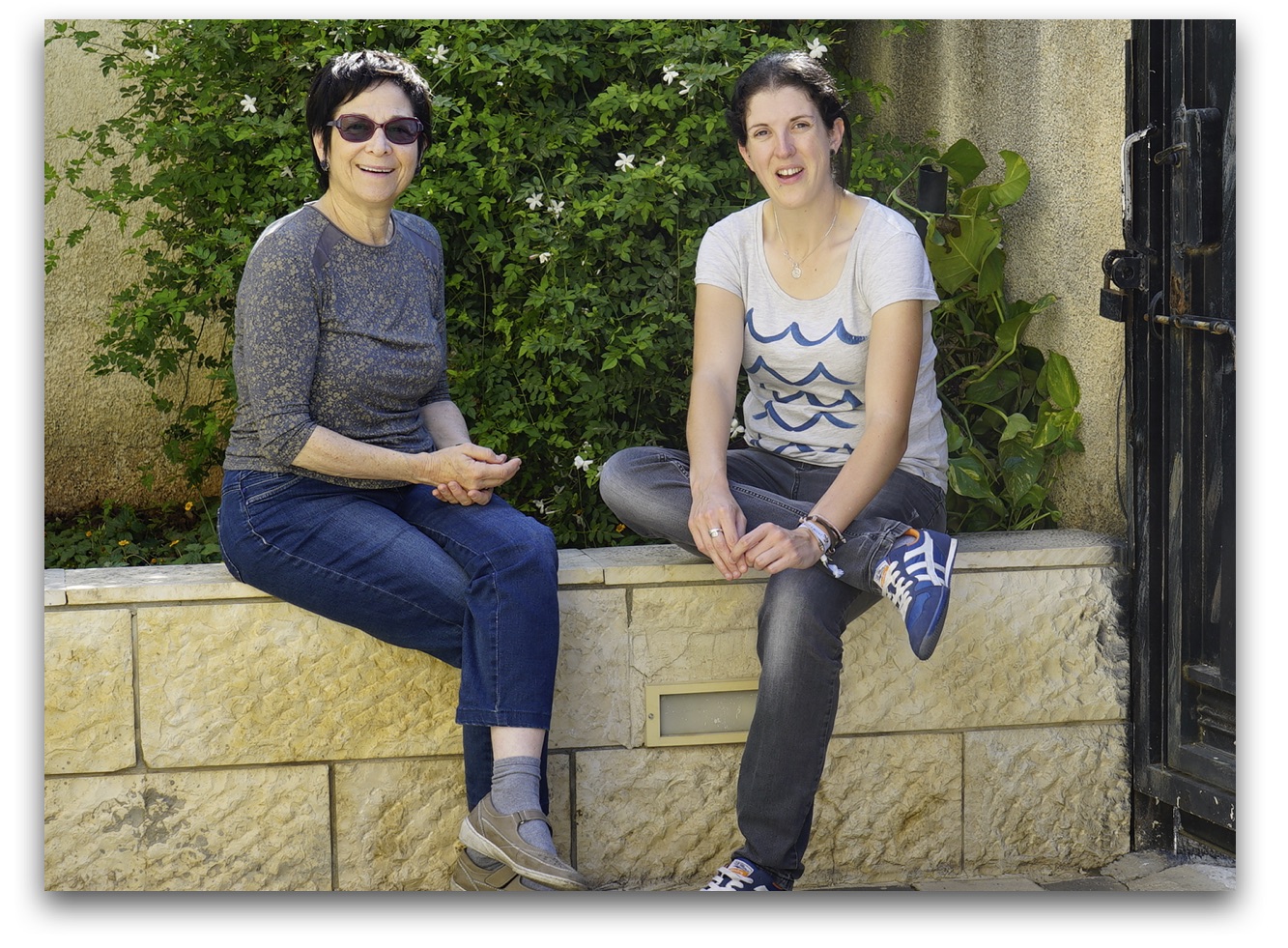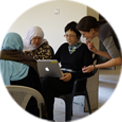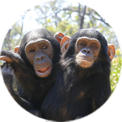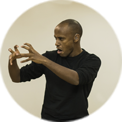All human languages, spoken and signed, are compositional: the meanings of complex expressions are determined by the meanings of their constituents and the ways in which they combine. In this project, we shift linguistic analysis beyond the traditional focus on words and their combinations, and examine the contributions of the body to the composition of communicative expressions. The project is motivated by sign languages, which are characterized by an additional type of compositionality: the compositionality of the body. While the hands convey words, individual actions of face, head, and torso are overlaid on the actions of the hands to manifest a variety of different functions of language.
 Sign languages also provide clues to language emergence. Unlike spoken languages, which are all thousands of years old or descended from old languages, sign languages can be born whenever a group of deaf people has opportunity to meet and communicate. Though a small country, Israel is home to several young sign languages, offering the opportunity to observe how new human languages arise and develop complexity over time. (See map.)
Sign languages also provide clues to language emergence. Unlike spoken languages, which are all thousands of years old or descended from old languages, sign languages can be born whenever a group of deaf people has opportunity to meet and communicate. Though a small country, Israel is home to several young sign languages, offering the opportunity to observe how new human languages arise and develop complexity over time. (See map.)
A preliminary study on Al-Sayyid Bedouin Sign Language (ABSL, Sandler 2012) suggests that each generation in that young language recruits additional articulators to express new linguistic functions, and in this way the body maps the increasing complexity of the language. That study, together with over a decade of research with colleagues Mark Aronoff, Irit Meir, and Carol Padden, inform the GRAMBY project.
In the GRAMBY project, we use a range of elicitation materials to systematically map linguistic functions to actions of different parts of the body in different age groups, allowing us to trace the development of linguistic complexity in three young sign languages that originated in Israel only 80-100 years ago: Israeli Sign Language (ISL), and two sign languages that developed independently in villages: Al-Sayyid Bedouin Sign Language (ABSL) and Kfar Qasem Sign Language (KQSL).
Workshop:
Evolang satellite workshop, April 16, 2018 (Torún, Poland)”
“What Is Compositional about Language, and Can We Find Compositionality in the Communication of Other Species?” (Organizers: Linda Oña, Wendy Sandler, & Katja Liebal)
Publications:
Dachkovsky, Svetlana, Stamp, Rose & Sandler, Wendy. (2018). Constructing Complexity in a Young Sign Language. Frontiers in Psychology, 9:2202. doi: 10.3389/fpsyg.2018.02202
Sandler, Wendy. (2017). The challenge of sign language phonology. Annual review of Linguistics, 43-63.
Lepic, Ryan, Börstel, Carl, Belsitzman, Gal and Sandler, Wendy. (2016). Taking meaining in hand: Iconic motivations in two-handed signs. Sign Language and Linguistics.
Sandler, Wendy (to appear). What Comes First in Language Emergence? In N. Enfield (Ed.). Dependencies in Language: On the Casual Ontology of Linguistic Systems. Language Science Press, Studies in diversity Linguistics Series.
Kastner, Itamar, Meir, Irit, Sandler, Wendy, Dachkovsky, Svetlana. (2014). The emergence of embedded structure: Insights from Kafr Qasem sign language. Froniters in Psychology, 5, 1-15.
Sandler, Wendy. (2012). Dedicated gestures and the emergence of sign langauge. Gesture, 12(3), 265-307.
Presentations:
Dachkovsky, Svetlana, Stamp, Rose and Sandler, Wendy. (March 9, 2017). Not all fingers and thumbs: The development of linguistic complexity of bodily articulators in a young sign language. GRAMBY Workshop.
Stamp, Rose and Sandler, Wendy. (March 9, 2017). The emergence of referential shift devices in three young sign languages. GRAMBY Workshop.
Stamp, Rose, Hel-Or, Hagit, Cohn, David and Sandler, Wendy. (March 9, 2017). Kinect-ing the dots: How the body develops efficiency in sign language. GRAMBY Workshop.
Sandler, Wendy. (2016). A Thespian Grammar of the Body. Paper presented at workshop on creativity in language evolution, Evolang conference, New Orleans.
Stamp, Rose, and Sandler, Wendy. (2016). The grammar of the body and the emergence of complexity in sign languages. Paper presented at Evolang 2016
Press:
Science. (2016). How sign languages evolve
New York Magazine Science of Us. (2016) The Race to Study a Language Before it Disappears
Research team:
Researchers: Svetlana Dachkovsky and Rose Stamp
Research Assistants: Muneera Abu-Roken, Debi Menashe, Roni Beit Hallahmi
Principal Investigator: Wendy Sandler








